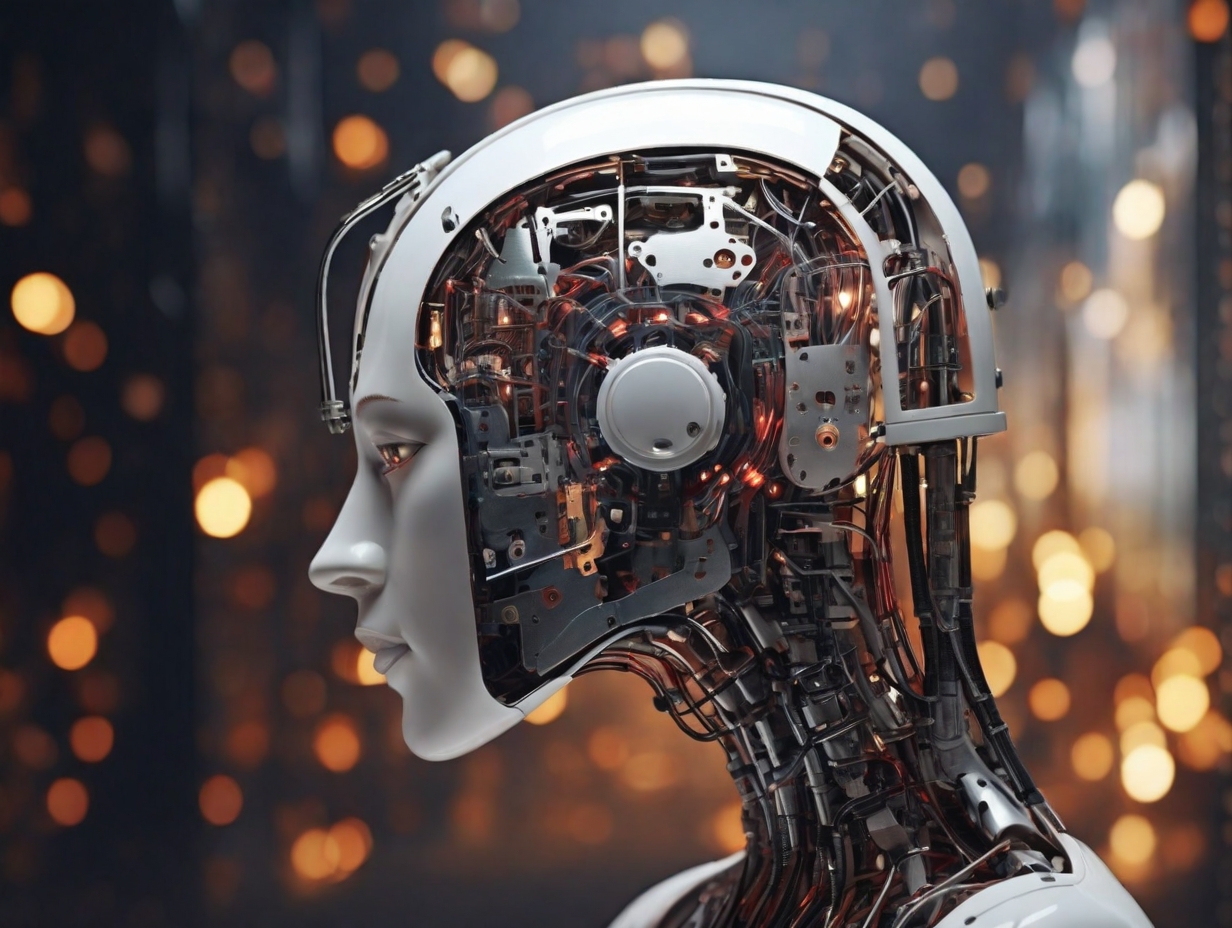Several prominent American universities still need to adopt Turnitin’s AI-powered software designed to identify AI-generated text within student essays and assignments. These institutions express reservations about the tool’s precision and privacy implications, leading to their decision to abstain from its deployment.
A primary concern articulated by these universities centers on the reliability of Turnitin’s AI text analysis tool. While Turnitin asserts a false positive rate of less than one percent, Vanderbilt University finds this percentage problematic. Given the substantial volume of papers processed annually—75,000 in 2022—it anticipates that a one percent false positive rate would incorrectly flag 750 papers yearly.
Another issue raised relates to transparency. Critics contend that Turnitin has not furnished adequate information regarding the mechanics of its AI-driven text detection. While Turnitin mentions the identification of patterns commonly found in AI-generated text, it refrains from elucidating or delineating these patterns, raising inquiries about the tool’s methodology.
Furthermore, privacy constitutes a paramount concern for academic institutions. Entrusting student data to an external entity devoid of explicit privacy and data usage protocols remains a subject of apprehension.
Turnitin’s perspective
Contrarily, Turnitin defends its AI text analysis tool. Annie Chechitelli, Turnitin’s chief product officer, maintains that the tool should not be utilized for automatic punitive actions against students. Instead, it aims to offer data points and resources to facilitate dialogues with students concerning their academic work. According to Chechitelli, educators’ professional judgment remains irreplaceable.
Complexities in detecting AI-generated text
The challenges associated with accurately detecting AI-generated text are not exclusive to Turnitin. Even OpenAI, a prominent player in AI development, grappled with attaining high accuracy in AI text detection. OpenAI ultimately withdrew its AI-generated content classifier six months post-launch due to its suboptimal accuracy, underscoring the intricate nature of distinguishing between human and machine-created content.
The role of AI detection in academia
While Turnitin’s AI text analysis tool garners mixed reviews, it underscores the burgeoning relevance of AI in academia. As AI tools gain prominence and sophistication, the demand for effective AI detection mechanisms becomes increasingly imperative. Universities must cautiously navigate this terrain to balance preserving academic integrity and ensuring equitable treatment of students.
Challenges posed by AI and human editing
A pivotal aspect of this discourse involves the intricacy of text analysis. AI detection software encounters challenges when scrutinizing text subjected to human and AI editing. A prior study by computer scientists at the University of Maryland determined that the capability of leading classifiers to identify AI-generated text does not significantly surpass random chance. This further underscores the intricacies inherent in this endeavor.
Accuracy concerns, transparency gaps, and privacy considerations have prompted these institutions to exercise prudence. While the role of AI in academia is unquestionably expanding, establishing dependable methods for recognizing AI-generated content remains a complex undertaking. In the evolving technological landscape, universities and technology providers like Turnitin must collaborate to ensure fair and precise evaluations while safeguarding student privacy. The harmonization of these elements is pivotal in effectively navigating the intersection of AI and academia.





